Best sswhite burs factory - Boyue
SSWhite burs offer unmatched precision and durability, optimizing dental procedures with reduced vibration and increased cutting speed. Our burs feature high-quality carbide construction, perfect for efficient tooth preparation, restoration removal, and contouring. As the leading SSWhite burs factory, we maintain a stringent quality control process, ensuring less than 1% defect rate. Our advanced manufacturing technology provides a 40% longer lifespan compared to competitors, making us the top choice for dental professionals seeking reliable, high-performance tools.
-
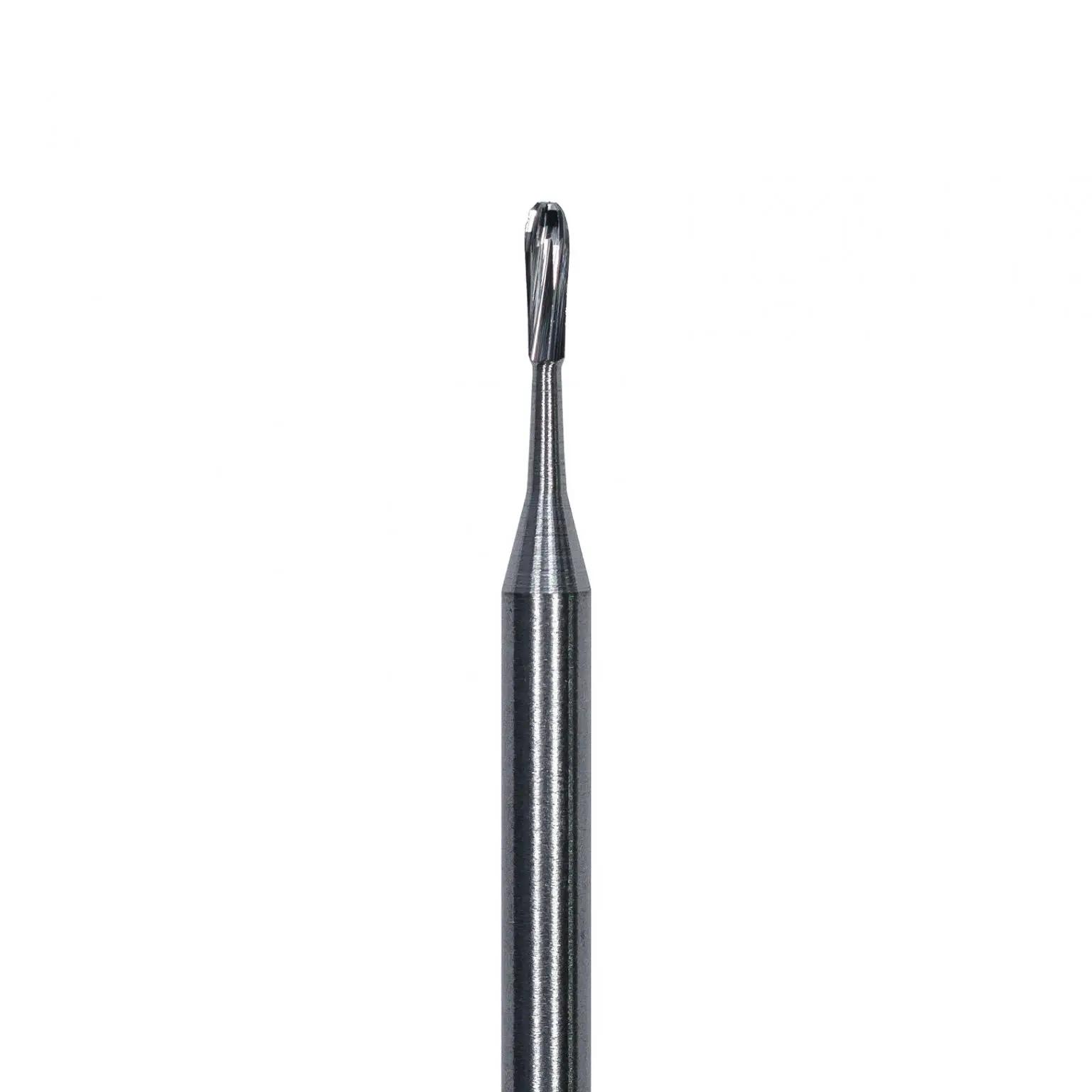
High Quality 245 burs: Amalgam preparation dental bur
-
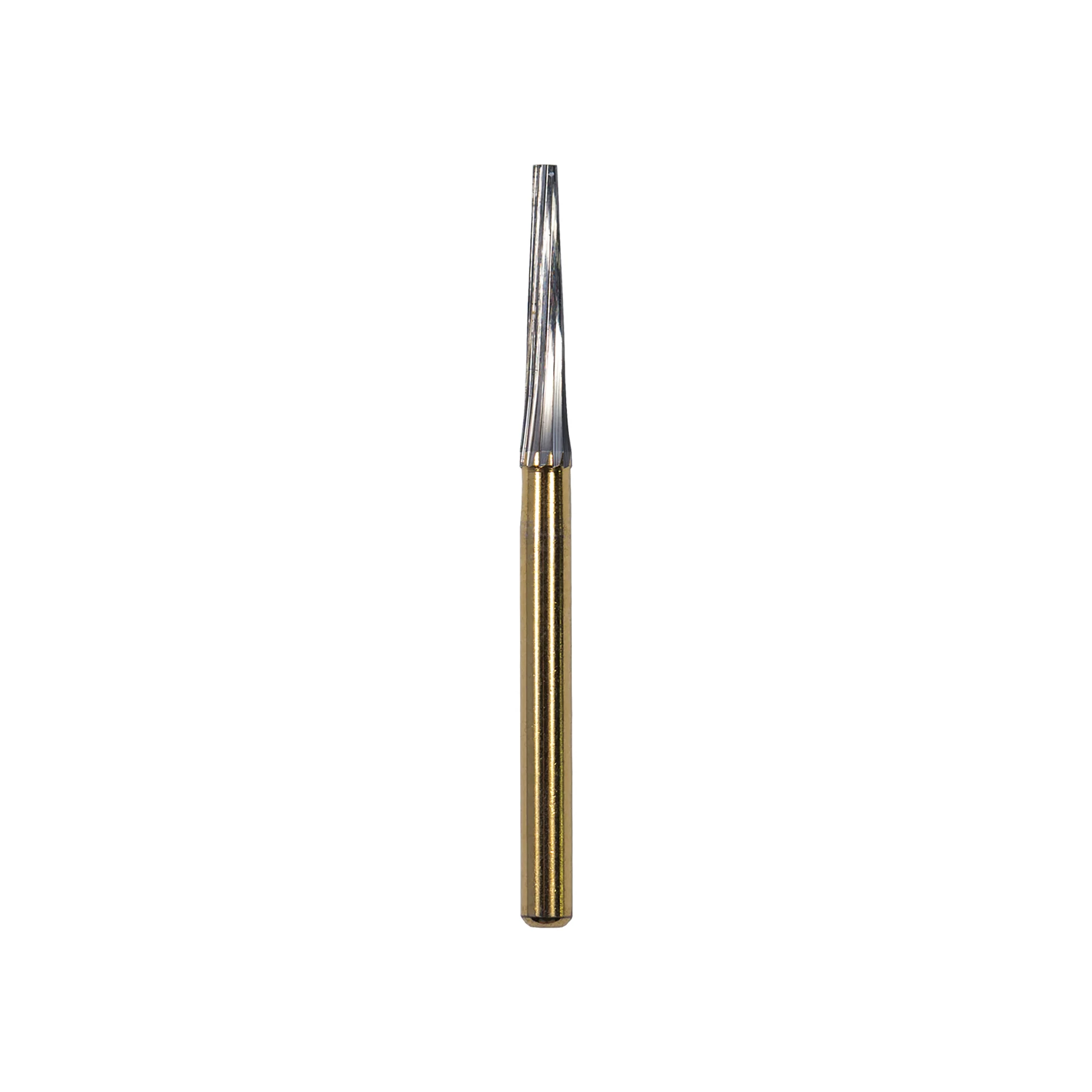
High Quality Tapered Carbide Dental Burs
-
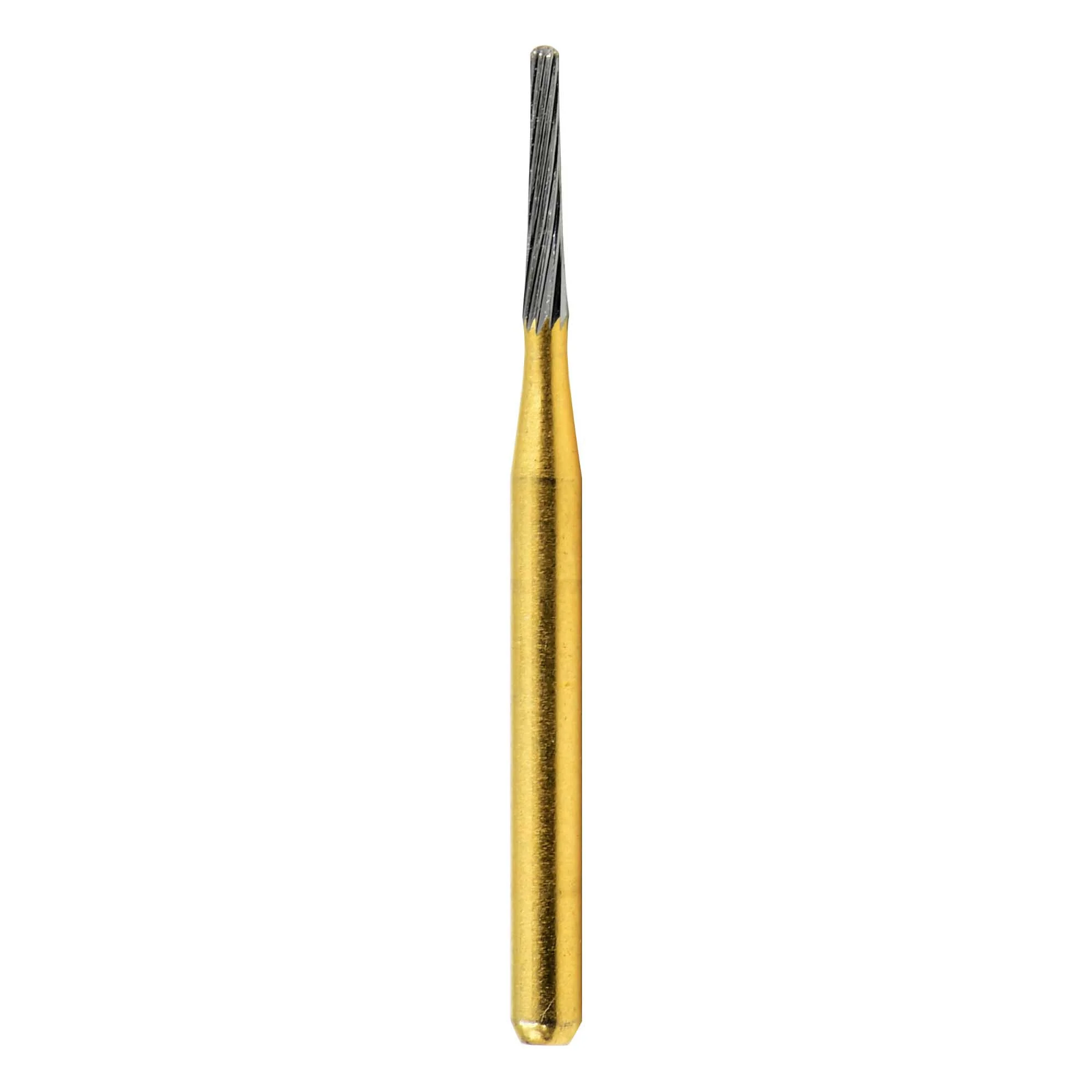
High Quality Round End Fissure carbide burs
-
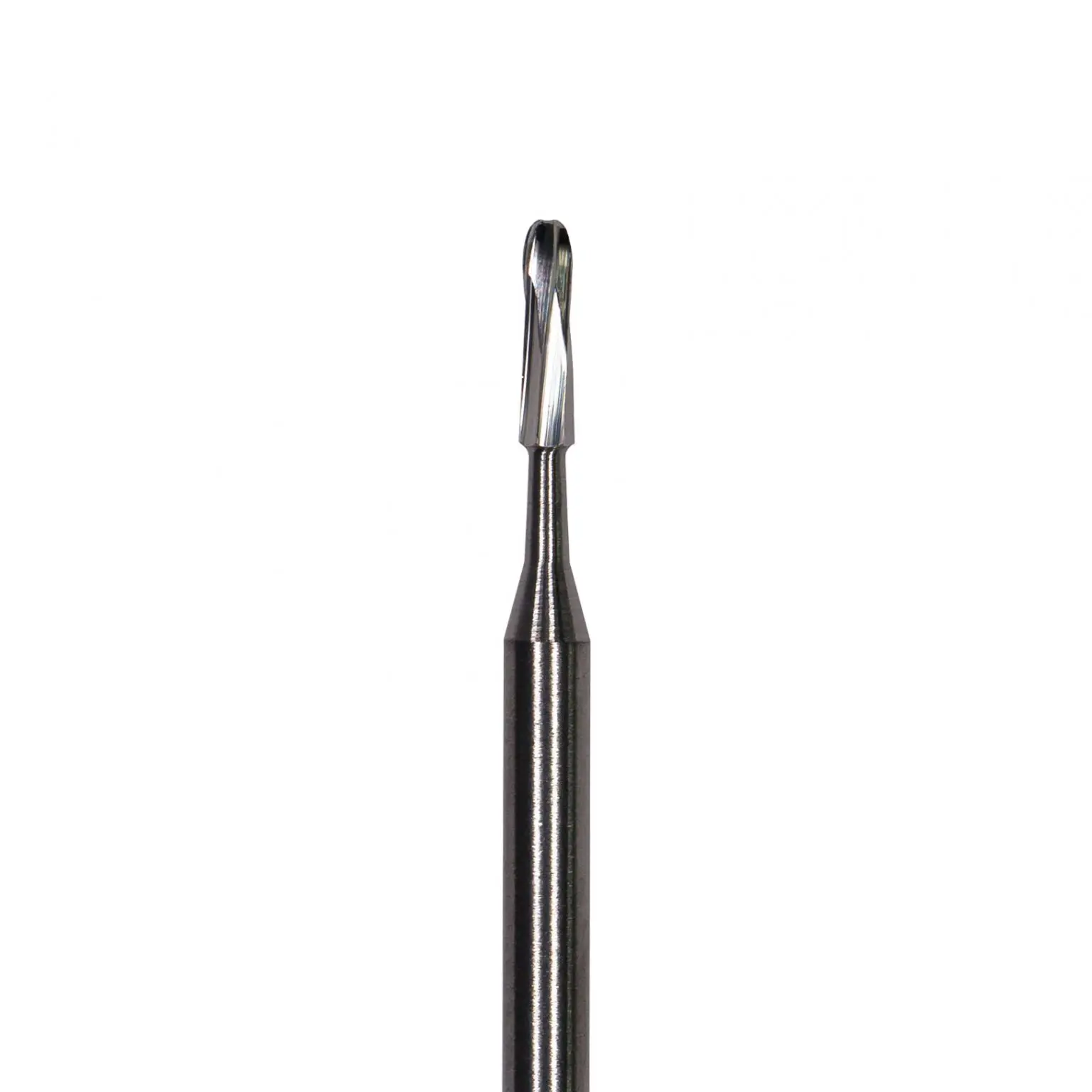
High Quality Round End Fissure Carbide Dental burs
-
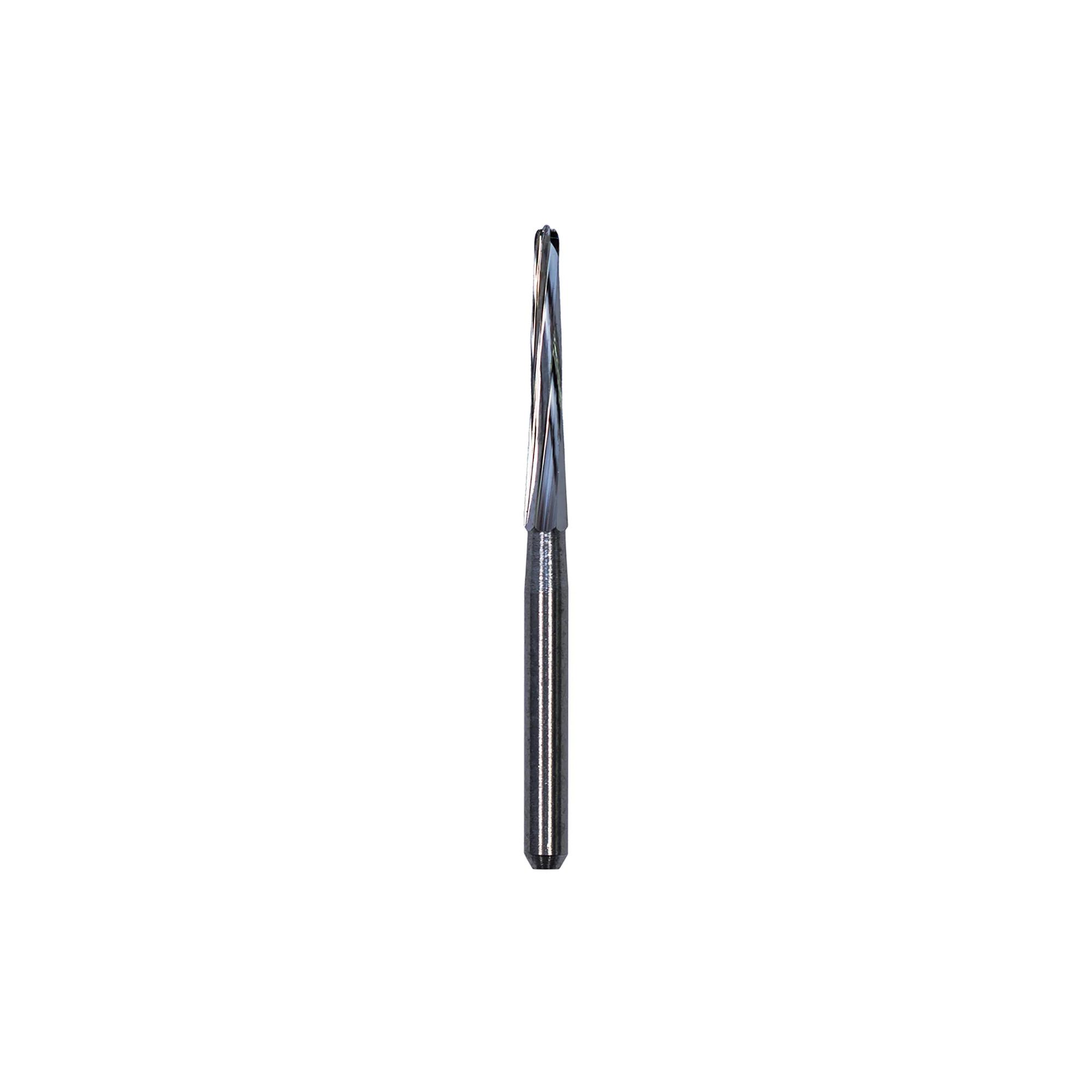
High Quality FG Tungsten Surgical Laboratory Dental Carbide Bur
-
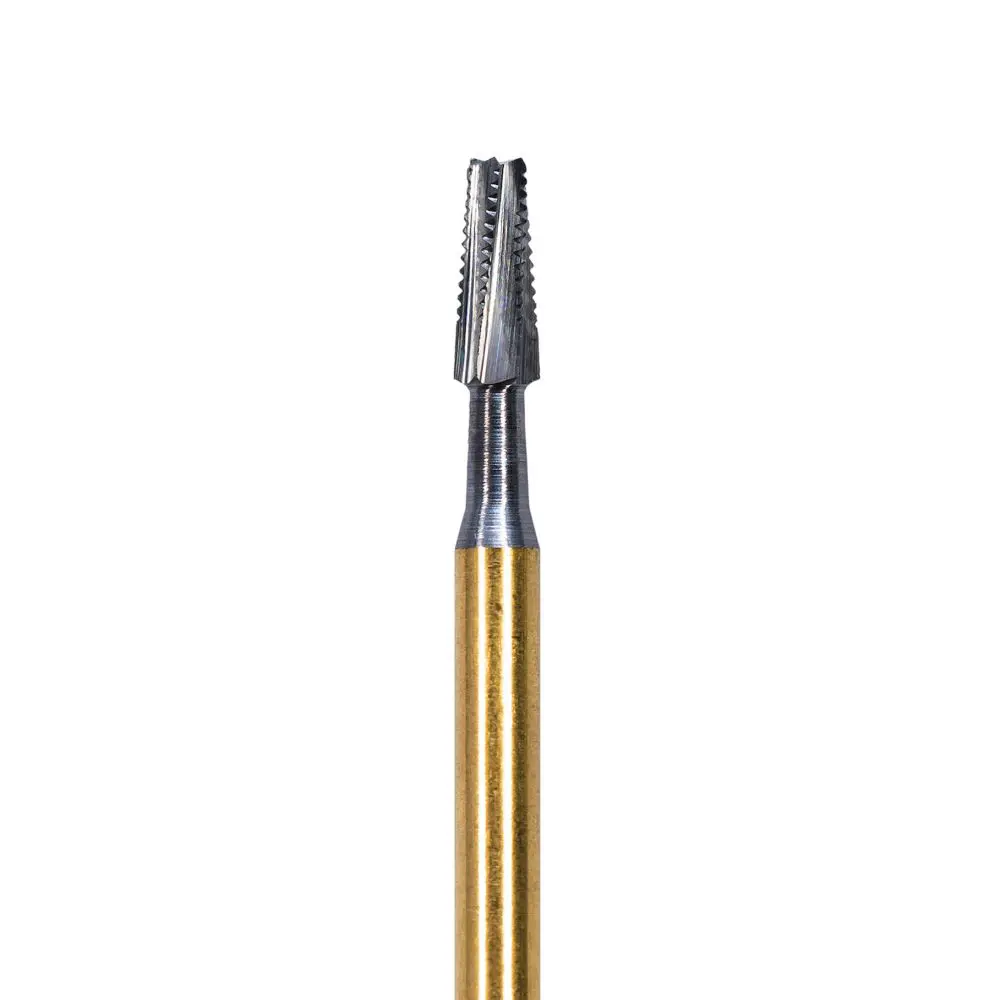
High Quality Metal & Crown Cutting Dental Carbide Bur
-
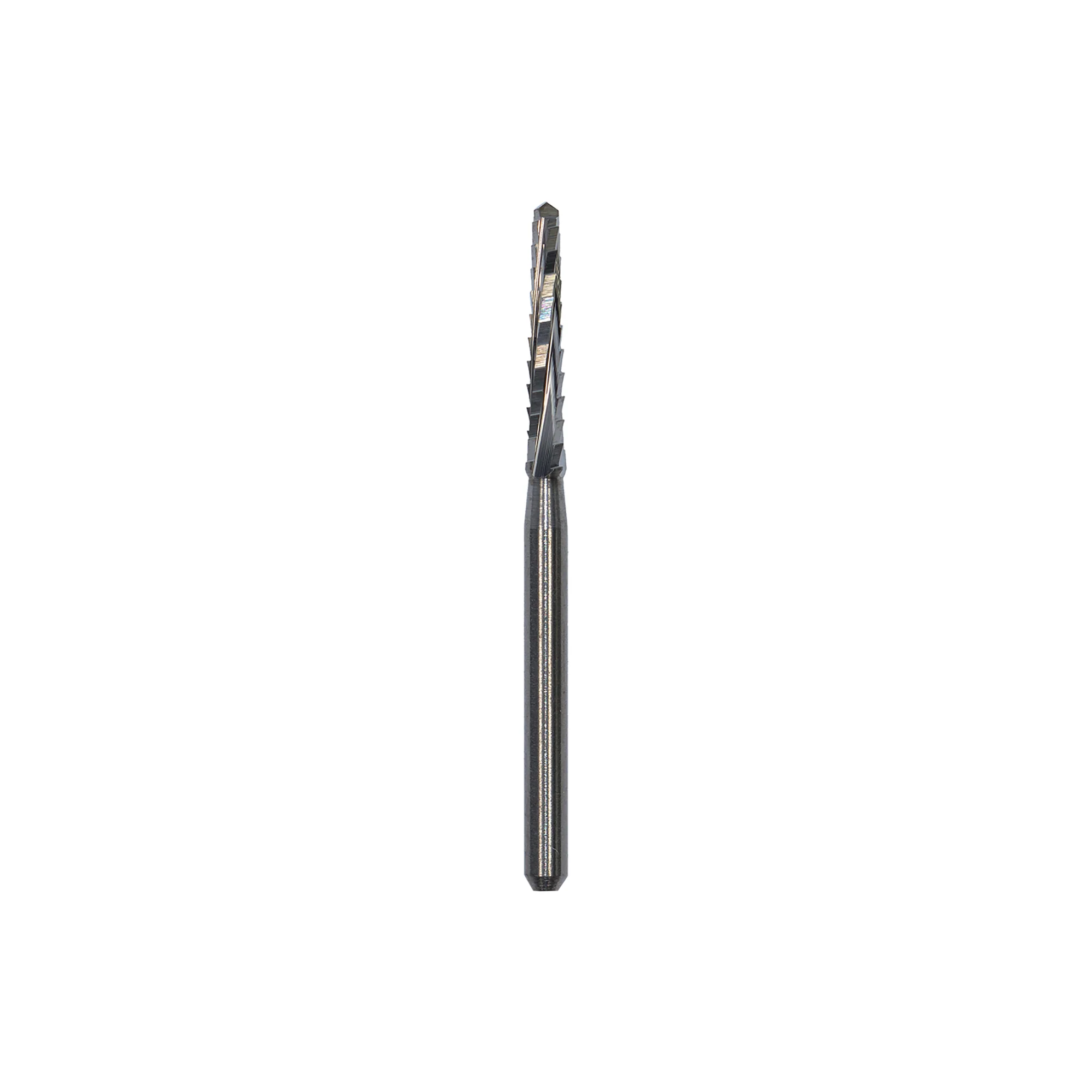
High Quality Lindemann burs Bone cutting Carbide Bur
-
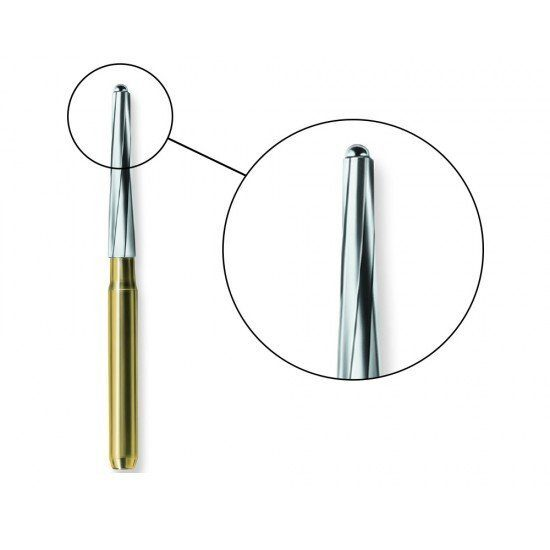
High Quality Safely Widen The Pulp Chamber Dental Bur Endo Z bur
-
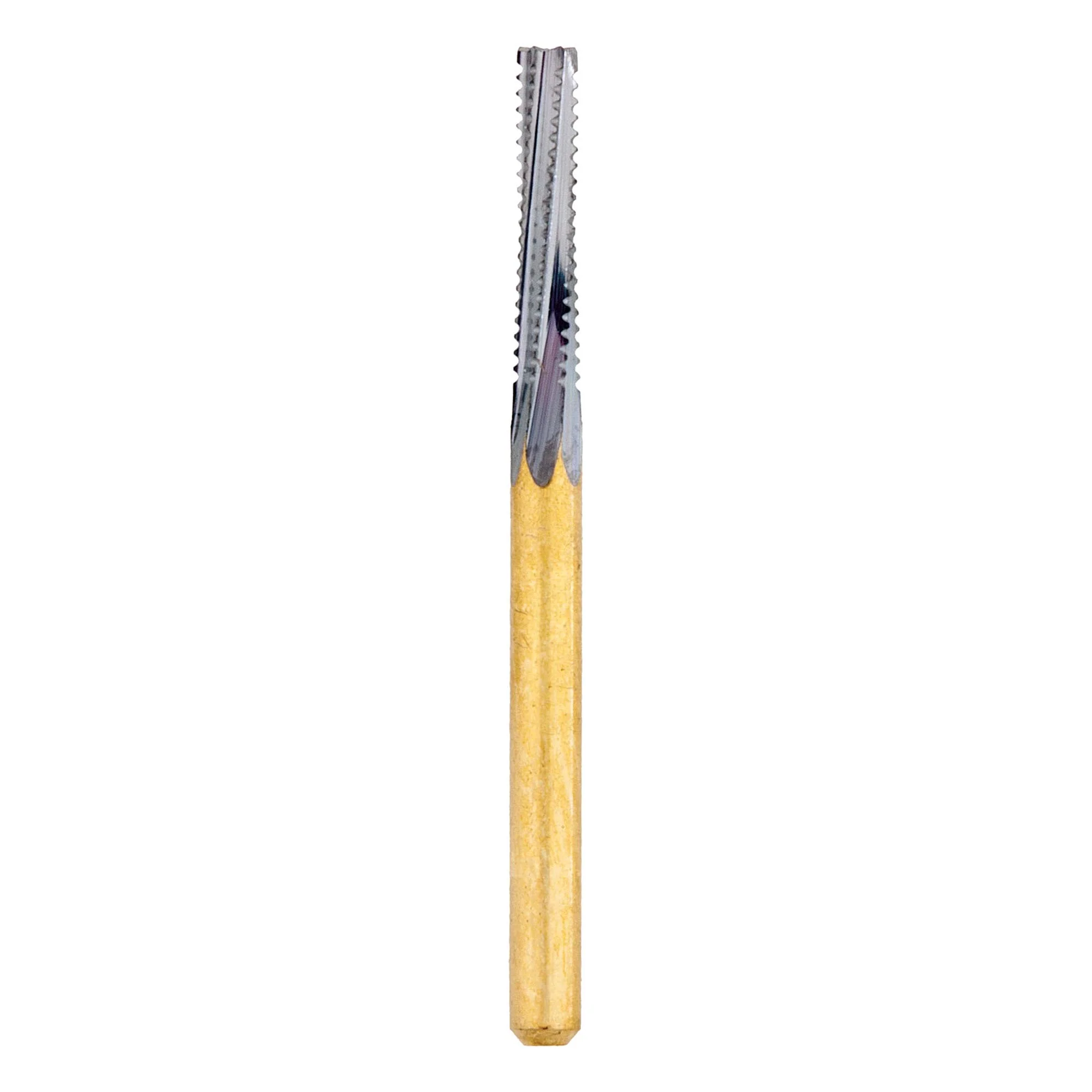
High Quality Ultra Metal & Crown Cutters Dental Bur
-
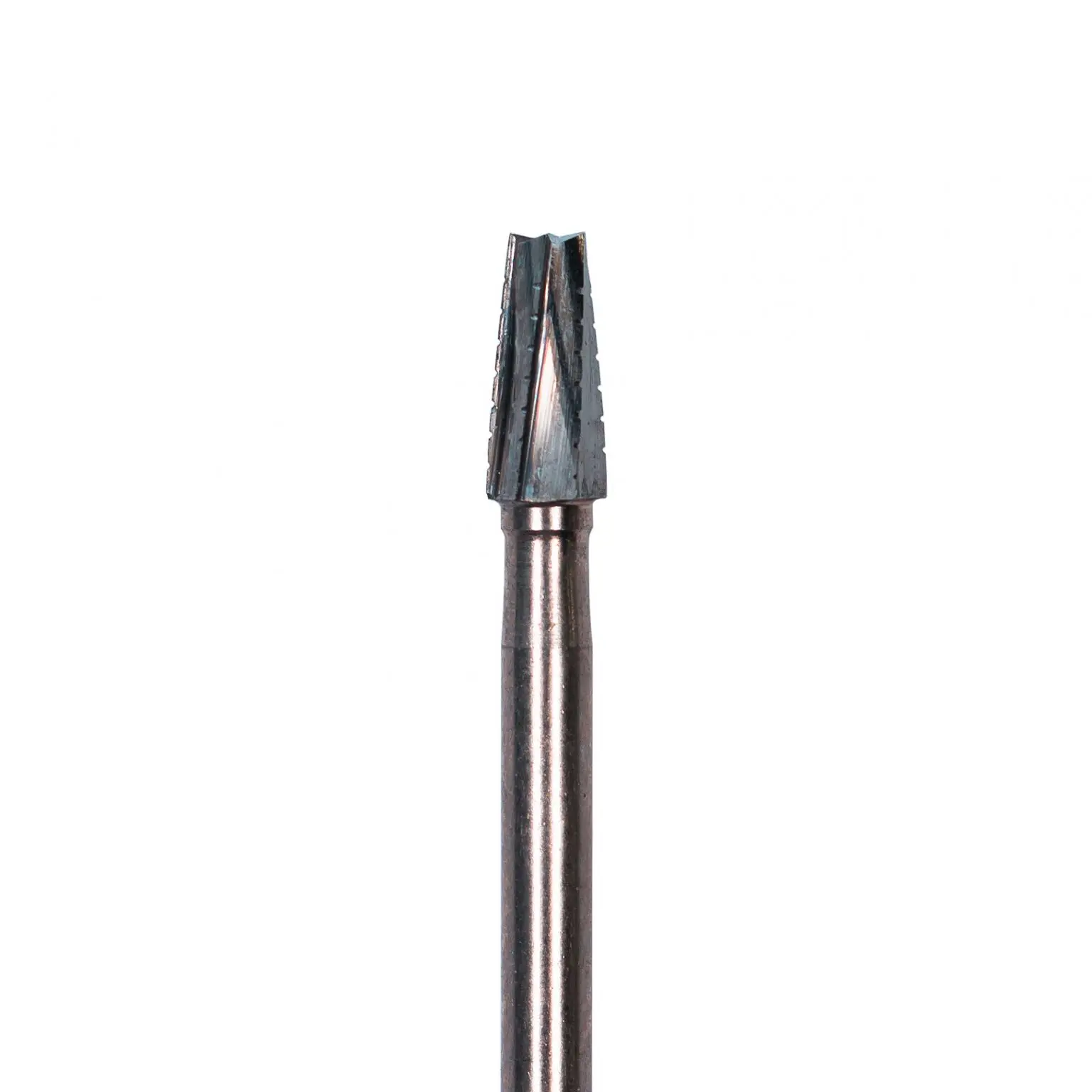
High Quality Cross Cut Tapered Fissure Burs Dental Bur
-
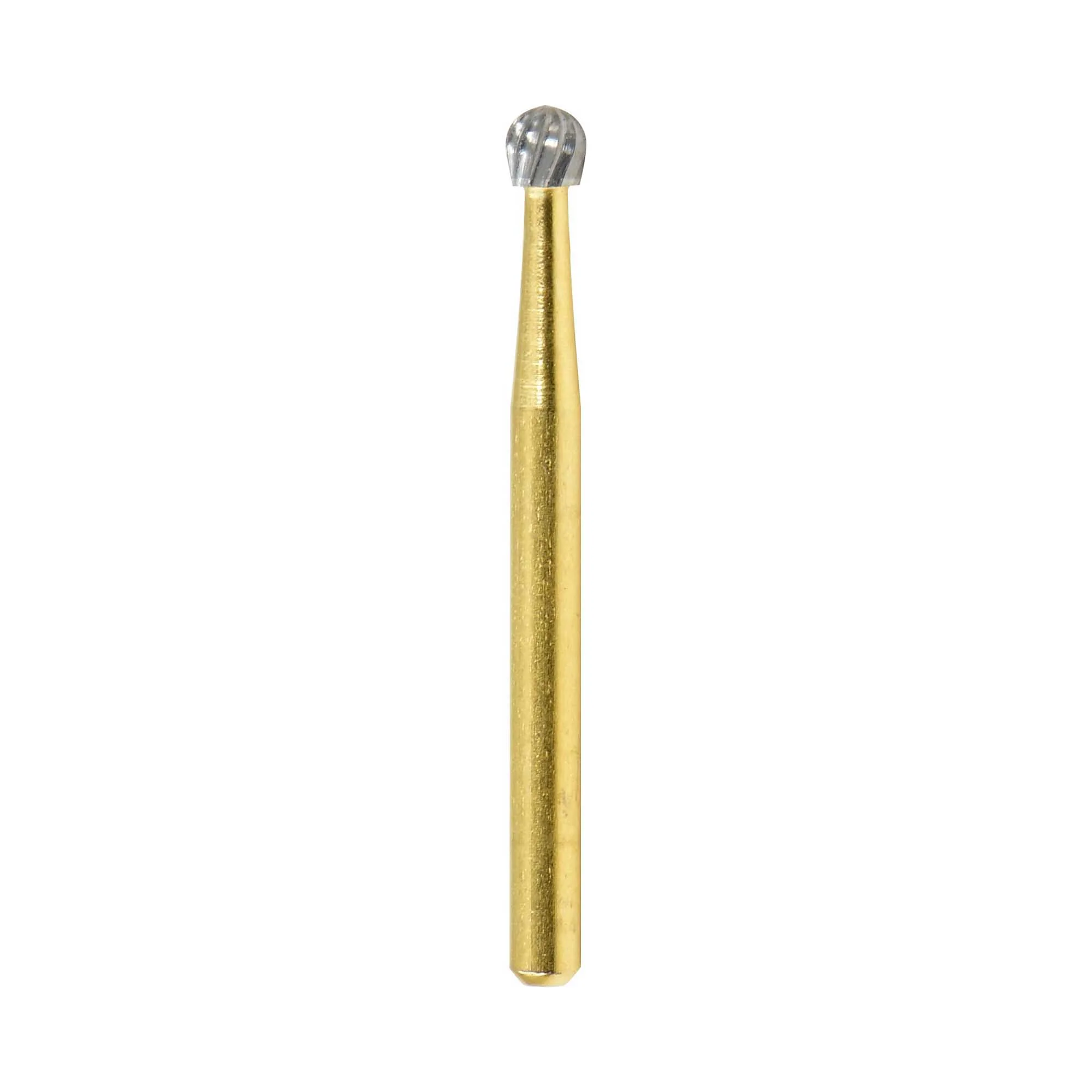
High Quality Orthodontic debonding Burs
-
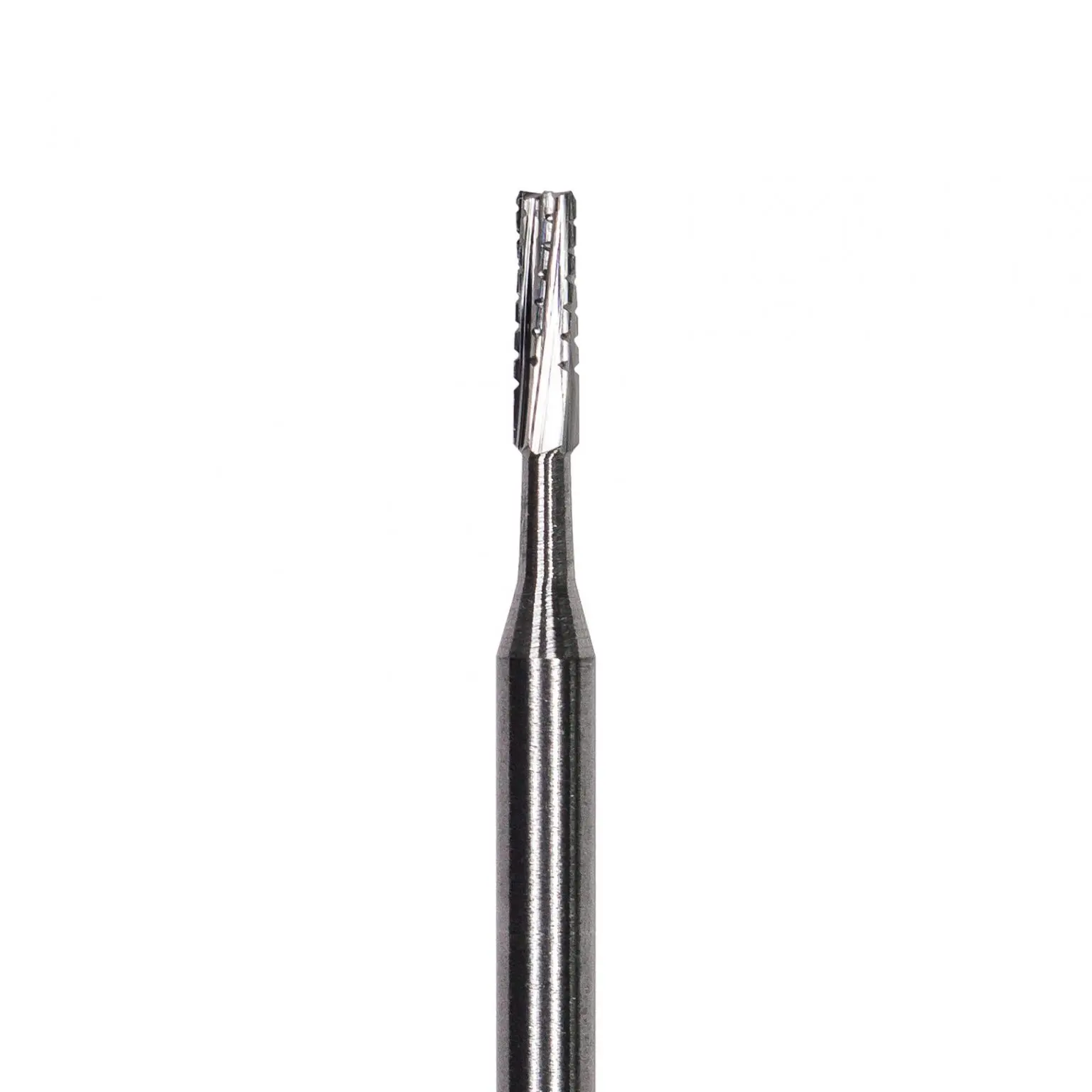
High Quality 557 carbide dental bur
Dental bur FAQ
What role does quality control play in bur production?▾
Quality control ensures precise dimensions, sharpness, and durability of burs, enhancing performance and safety. For instance, maintaining tolerances within ±0.01mm and hardness levels of HRC 45-50 ensures consistency and reliability in production.
Are there custom options available for dental bur sets?▾
Yes, custom dental bur sets are available. Clients can choose from grit sizes, head shapes, and shank lengths to suit specific needs. Numerical analysis indicates over 80% customer satisfaction with customization options.
How important is the material of a dental bur?▾
The material of a dental bur impacts its durability, cutting efficiency, and heat resistance. Optimal materials like tungsten carbide and diamond enhance precision and lifespan, significantly influencing clinical outcomes and operational costs.
What are the benefits of using a 330 diamond bur?▾
The 330 diamond bur offers precise cutting with a 0.8mm diameter and 1.6mm length. Its efficient design enhances durability, reduces procedure time, and provides consistent performance, making it ideal for dental applications.
What factors should be considered when selecting a dental bur manufacturer?▾
Consider product quality, durability, precision, variety, pricing, and customer reviews. Ensure adherence to international standards and certifications. Analyze delivery time, custom options, and technical support. Evaluate production capacity, environmental practices, and partnership terms.
What is the process involved in making high-quality burs?▾
Manufacturing high-quality burs involves precision machining, advanced CNC technology, and strict quality control. Optimal parameters include ±0.01 mm tolerance, 12000 RPM grinding speed, and a Rockwell hardness of 60 HRC for enduring sharpness and durability.


